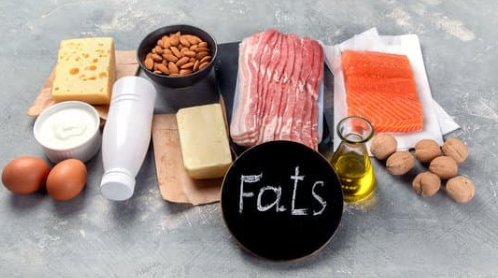They are small words. They can be easy to miss. They slip off your tongue as you order your food, without even knowing what you are saying. Yet they mean the difference between a healthy or unhealthy meal. What are these unassuming potential land mines? These are your "menu watch words"—and it pays to keep your eye on them.
Going out to eat is a lot of fun. You’re having a good time and you might not always think about what’s best for you. You can avoid the next morning's "Why did I eat that?" hangover by planting a few gentle reminders, well-placed whispers in your ear.
Did you know that consultants travel the country helping restaurants say just the right things on their food menus? Unless you ask the server about the preparation of each item, it’s hard to know for sure what’s really healthy and unhealthy. For example, the word "breaded" can add five times as much fat to your meal as the word "grilled." You can fight back by translating the consultants’ word crafting into something useful.
Use the watch words below as a guide to finding the right meal to order and knowing which options to skip. Keep in mind, though, that food items can be very healthy or unhealthy regardless of the use of any of these words. For example, "fat-free" food is often packed with sugar and calories to make it taste better. There are times when these words are used to mislead you, which is why we call them "watch words" and not guarantees. It's best to pair this guide with your good judgment to steer clear of the bad stuff. More often than not, you’ll end up making a smart decision.
Do You Know Your Menu Watch Words?
Related Articles
-
 Keeping a Sleep Diary
Keeping a Sleep Diary
-
 50 Reasons to Quit Smoking
50 Reasons to Quit Smoking
-
 Does BMI Truly Define What It Means to Be Healthy?
Does BMI Truly Define What It Means to Be Healthy?
-
 The Frequent Traveler's Guide to Staying Healthy
The Frequent Traveler's Guide to Staying Healthy
-
 Four Good Reasons to See your Doctor
Four Good Reasons to See your Doctor
-
 Which Cold Medicine Will Give You the Relief You Need?
Which Cold Medicine Will Give You the Relief You Need?
-
 Rethinking Low-Fat: What You Really Need to Know About Dietary Fat
Rethinking Low-Fat: What You Really Need to Know About Dietary Fat
-
 Vitamins 101: What They Do and How to Get Them
Vitamins 101: What They Do and How to Get Them
-
 6 Ways to Combat Weight Gain After Stressful Life Events
6 Ways to Combat Weight Gain After Stressful Life Events
-
 4 Growing Pains All Men Should Know About
4 Growing Pains All Men Should Know About



